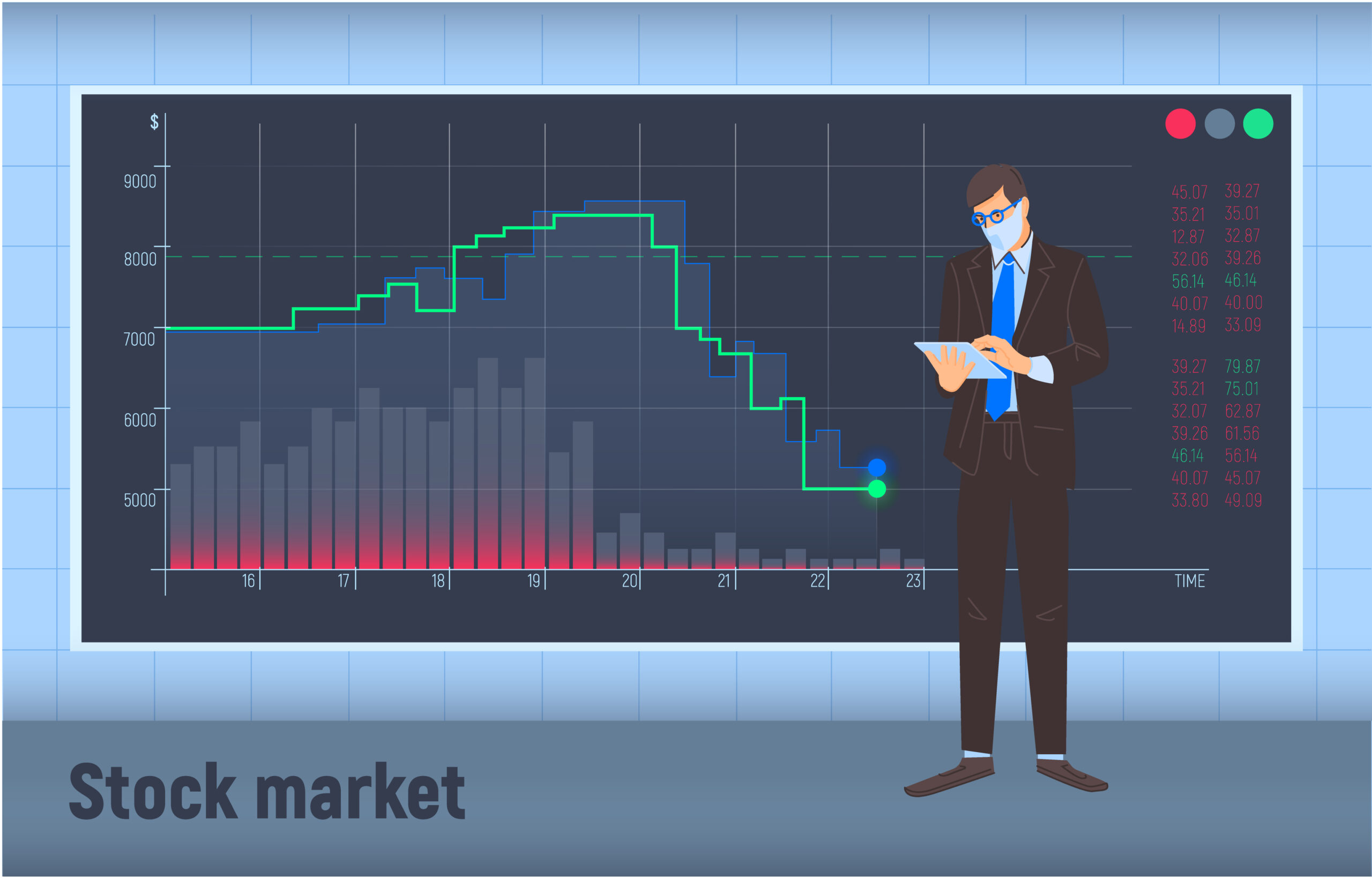Did you know that many successful traders rely on just a few simple tools to make confident decisions every day? One of the most powerful and surprisingly simple tools is the Bollinger Band. If used wisely, it can help you understand market trends, spot potential breakouts, and make smarter trading choices. Let’s dive into how this tool works and how you can make your trading really great.
Table of Contents
What Is a Bollinger Band?
The Bollinger Band is a type of technical analysis tool that measures market volatility and identifies potential price trends. It consists of three key lines:
- Middle Line (SMA): The moving average that shows the overall trend.
- Upper Band: Marks the higher limit where prices usually stay.
- Lower Band: Marks the lower limit of typical price movement.
Think of it like a rubber band around the price. When the price moves too far from the middle, the band stretches, signaling that a reversal or breakout could happen. This visual representation makes it easier to interpret market swings without guessing blindly.
Also Read: How to Open a New Trading Account
Why Bollinger Bands Matter in Trading
You might be wondering why traders keep talking about Bollinger Bands. Here’s why:
- Spot Trends: See if an asset is trending upward or downward.
- Measure Volatility: Wider bands indicate more price fluctuation; narrow bands show stability.
- Early Warning: Price breaking the bands signals a possible trend reversal.
Imagine driving on a highway with guardrails. Bollinger Bands are like those guardrails. They don’t control your car, but they help you stay safe and predict the curves ahead.
Also Read: Hedging World
How Bollinger Band Works
Understanding Bollinger Bands is easier than it sounds:
- Price touches upper band: Often overbought; consider potential selling.
- Price touches lower band: Often oversold; consider potential buying.
- Price hugs middle line: Confirms the ongoing trend; helps you decide whether to hold or adjust.
Combine Bollinger Bands with volume or momentum indicators to improve accuracy. Alone, it gives signals, but together with other tools, it becomes a guide to smarter trading.
Also Read: Nifty Expiry
Best Strategies Using Bollinger Band
1. Squeeze Strategy
When the bands get very close together, it’s called a Bollinger Band squeeze. This often means low volatility now but a strong move may be coming. Think of a coiled spring—it’s waiting to release energy.
- Watch the price closely during squeezes.
- Prepare for a potential breakout, but confirm with volume or other indicators.
2. Trend Reversal Strategy
- If price touches the upper band multiple times without breaking out, the upward trend may be weakening.
- If price stays near the lower band during a downtrend, a reversal might be near.
3. Combine with Other Indicators
- RSI (Relative Strength Index): Confirms overbought/oversold conditions.
- MACD: Confirms trend strength.
- Support and Resistance Levels: Validate your entries and exits.
Also Read: The ETFs Treasure
Common Mistakes Traders Make
Even with a powerful tool like the Bollinger Band, mistakes happen:
- Using it alone: Never rely solely on one indicator.
- Ignoring the bigger picture: A touch of the band isn’t always a reversal.
- Overtrading: Only act when multiple signals align.
Remember, patience is key. Sometimes the best action is no action until the market clearly signals opportunity.
Also Read: Gift Nifty
How to Read Bollinger Band Effectively
Follow these tips to make the most of Bollinger Bands:
- Middle line as guide: Use it to confirm trends.
- Upper and lower bands for extremes: Identify overbought/oversold conditions.
- Watch volatility: Wide bands = big price swings; narrow bands = quiet markets.
Tip: Always check multiple timeframes. A 5-minute chart may show extremes that aren’t visible on a daily chart.
Also Read: Candlestick Trading
Real-Life Example
Also Read: Color Trading Mastery
Let’s say you’re trading a stock and notice the price hugging the lower band while volume increases. This may indicate an oversold condition and a potential buying opportunity. Conversely, if a price repeatedly touches the upper band during a calm market, it might signal overbought conditions, hinting at a potential pullback.
Think of this like surfing. The band shows the waves and helps you know the right time to ride without wiping out.
Tips to Make Your Trading Really Great
- Practice on a Demo Account: Test Bollinger Band strategies without risking real money.
- Keep a Trading Journal: Note signals, actions, and results.
- Adjust for Each Market: Stocks, forex, and crypto all have different volatility; tweak the settings.
- Stay Patient: Don’t force trades. Let the market give signals.
Also Read: Positional Trading
Applying Bollinger Band to Real Trading Scenarios
Using Bollinger Bands in real trading isn’t just about spotting bands—it’s about making decisions that fit your style. Imagine you are watching a stock that has been moving steadily along the middle band. Suddenly, it touches the upper band while trading volume increases. This could be your signal to take partial profits or tighten stop losses.
Alternatively, consider a quiet crypto market with a narrow band squeeze. Staying alert and ready to act when the breakout happens can give you an advantage over traders who wait for obvious signals.
Remember, Bollinger Bands are a guide, not a crystal ball. Combine them with trend analysis, volume indicators, and your risk tolerance. Observe how the bands behave over time, and you’ll start recognizing patterns that can improve your entries, exits, and overall confidence.
Also Read: Futures Trading
FAQs About Bollinger Band
Can Bollinger Bands predict exact prices?
Are Bollinger Bands hard to learn?
Not at all. With practice, the three lines and their behavior become intuitive.
Do Bollinger Bands work for all markets?
Yes. Stocks, forex, crypto, and commodities all respond well, but settings might need adjustment.
How often should I tweak the bands?
Standard: 20 periods, 2 standard deviations. Only adjust if you see unusual market behavior.
Also Read: Trading Psychology
Closing Thoughts
The Bollinger Band isn’t a magic wand, but it’s like having a reliable guide in the often chaotic world of trading. By combining it with other indicators, practicing patience, and observing market behavior, you can make your trading much smarter and more consistent.
Start small, watch how the bands behave, and gradually build confidence. Over time, you’ll notice your decisions become more informed and your trades more disciplined. Remember, trading isn’t about luck—it’s about strategy, observation, and calm execution.
Also Read: Market Capitalization







